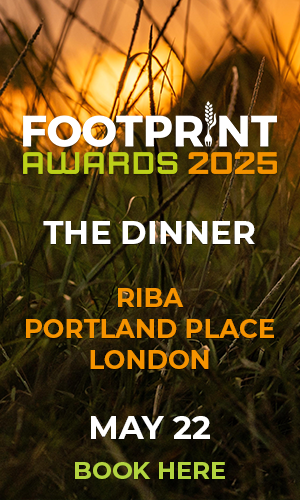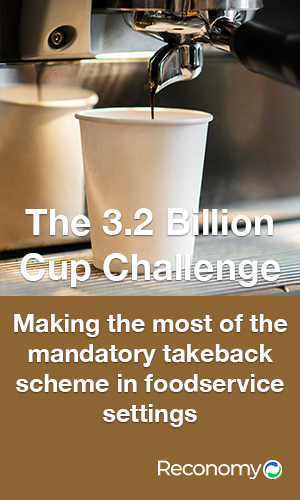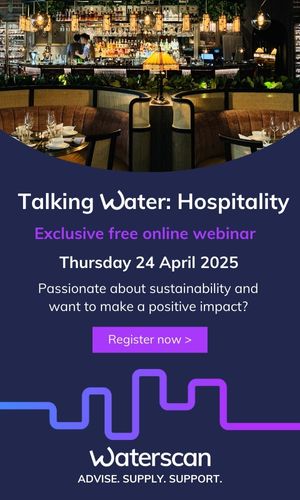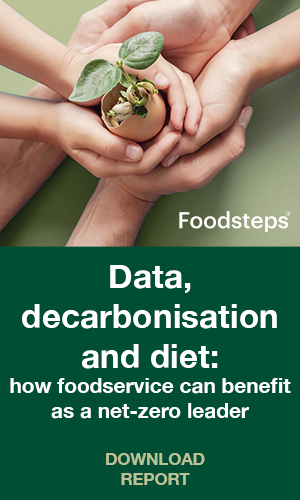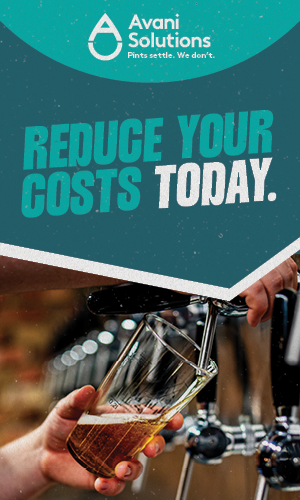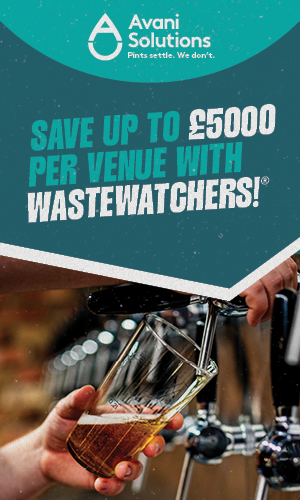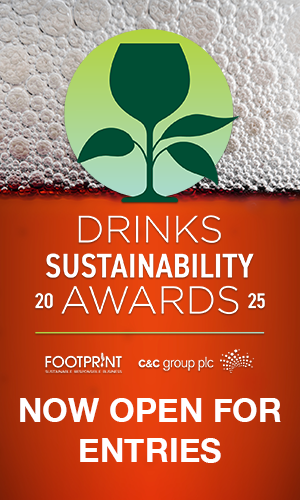The supermarket’s own pilot has been wound up but it knows how to make reuse and refill succeed at scale in both grocery and foodservice. David Burrows reports.
In July 2021, Tesco launched its reusable packaging trial with global reuse platform Loop. The trial included an in-store prefill model run across 10 stores and 53 product lines, as well as an online pilot covering 500 postcodes and 150 products. “There is a market for this,” said the retailer’s CEO Ken Murphy at the time of launch. Just not yet, it seems.
A year later the supermarket quietly wound up the scheme, and it’s just published (equally quietly) the results.It’s not all bad news but there are significant challenges to overcome. “For a prefill packaging proposition to succeed as a genuinely accessible and affordable option in the long-term, it will need scale,” said Tesco chief product officer Ashwin Prasad. It will also need to “become second nature for customers across many different retailers”.
Here are some of the key takeaways.
(Some) consumers want this. More than 80,000 products were purchased during the trial but it was most popular among “the small percentage of eco-conscious shoppers who are likely to adapt their day-to-day habits based on their environmental values”.
The rest need convincing. There is much work to do in communicating the benefits of reuse, said Tesco: “Behaviour change on this scale represents a material challenge to everyone involved.” Indeed, in the minds of many shoppers recyclable (or compostable) packaging remains a firm (and convenient) favourite. “Survey data tells us that customers often view reusable packaging as equal in environmental impact to recyclable packaging.” That’s a problem – not helped by some of the more dubious ‘single-use is better than reuse’ research and lobbying we’ve seen of late.
Reuse beats single-use. Tesco is having none of that, though. “If done correctly, reusable packaging is better than recycling because it does not continuously need materials and so reduces the amount of materials used for packaging. Reuse requires significantly less energy, for collecting and cleaning packaging, than would be needed to recycle the packaging.” Demand could grow “more sharply” as the public develops a better awareness of the environmental benefits of reusable packaging, Tesco said. Retailers need to be wary of how deep the anti-plastic sentiment runs, though: many shoppers preferred steel tins over reusable plastic – the former are more energy intensive and expensive, Tesco noted.
The safe option? Covid brought a wave of concerns over reuse. A survey by Vypr for Footprint earlier this year showed 32% of coffee drinkers had stopped taking their own cups into foodservice outlets because of safety concerns. These worries persist, according to recent research by hubbub and Bunzl. Tesco said that’s why prefill offers the best solution: It is a tidy and hygienic system, removing the need for multiple people to touch, scoop and pour food into containers, which in turn prevents spillages and food waste throughout the store and in the home.
An efficient system? The brands involved also liked it, with Tesco’s pilot proving that many manufacturers can offer reusable packaging options with only “minimal changes” to their current production infrastructure and packaging and without heavy investment. That doesn’t mean there are no problems to iron out. In the short term there is a need for better labelling and communication to explain that a proportion of the price is a fully refundable deposit, for example.
The problem with price. At the moment reusable packaging will often cost more to produce ‘per unit’ than disposable packaging, Tesco noted, adding that “[…] the current cost of living focus brings to the fore the need to control spending and ensure competitive pricing on refillable, durable packaging solutions”. Most customers are unlikely to pay more for products in reusable packaging (despite what they say in surveys) but the pilots showed that the cost of cleaning and prefilling reusable packaging “can sometimes cost more than the actual product inside”.
Achieving price parity. The cost of collection, cleaning and refill will need to fall so reuse becomes (at least) comparable to the cost of using recyclable packaging. Whether the plastic packaging tax and extended producer responsibility for single-use packaging will help close the gap is unclear. Tesco said operating in a “joined-up way across various retail and foodservice businesses” could reduce collection and cleaning costs. “Shared distribution, cleaning and refilling services for many different supermarkets, foodservice and catering [companies] could help deliver scale and cost-effectiveness more quickly than any single retailer can by going it alone.”
Come on … collaborate. Tesco makes several references inferring the need for collaboration – there is a sense that others mightn’t be pulling their weight. There are certainly trials underway across other supermarkets including Waitrose, Asda and Morrisons – as well as in foodservice brands like Burger King, Starbucks and McDonald’s. These are all providing much-needed insight but the tipping point will only come when a collective of major retailers launches an industry-wide scheme.
Scale and scalability. A key attraction of Tesco’s trial was the potential for scale. For instance, if all customers in its 10 pilot stores switched their ketchup, cola and washing up liquid recyclable products to the reusable Heinz Tomato Ketchup, Coca-Cola and Ecover alternatives, reusable packaging would be used more than two and a half million times a year. If rolled out to 400 stores across various retail chains, a prefill offer could be a viable business opportunity that replaces millions of pieces of recyclable plastic with reusable alternatives. Tesco talks of the need for “a bigger range of products, competitive prices and a simpler process of returns”. “Scalable reuse solutions will not only help eliminate plastic waste and pollution, they can also help unlock a wide range of environmental benefits, including the conservation of natural resources which must go hand-in-hand with reducing greenhouse gas emissions,” said Prasad.
Brand impact. One of the major hurdles to overcome in an industry-wide scheme would be the impact on brands. Tesco said that reusable packaging needs to stand out more but what does a universal scheme mean for packaging design? If all ketchups come in one bottle, or all coffee cups in one cup, how will Heinz or Starbucks differentiate from Tesco or Costa? Can the big companies really step away from their brands like that? Starbucks chief sustainability officer Michael Kobori said its cup is an “icon all around the world” but is responsible for 20% of the company’s waste footprint. “[…] if we can replace this disposable cup, this symbol of waste, with as reusable [version], we completely change people’s mindset.”
What next? It seems there is some way to go in achieving that shift, but Tesco’s pilot offers some of the most practical insight on reuse to date. With the government on a deregulatory path it’ll be up to the food sector to take these findings on board and consider next steps. “One company cannot create a successful and scalable reuse proposition in isolation,” said Tesco, setting down the gauntlet.


